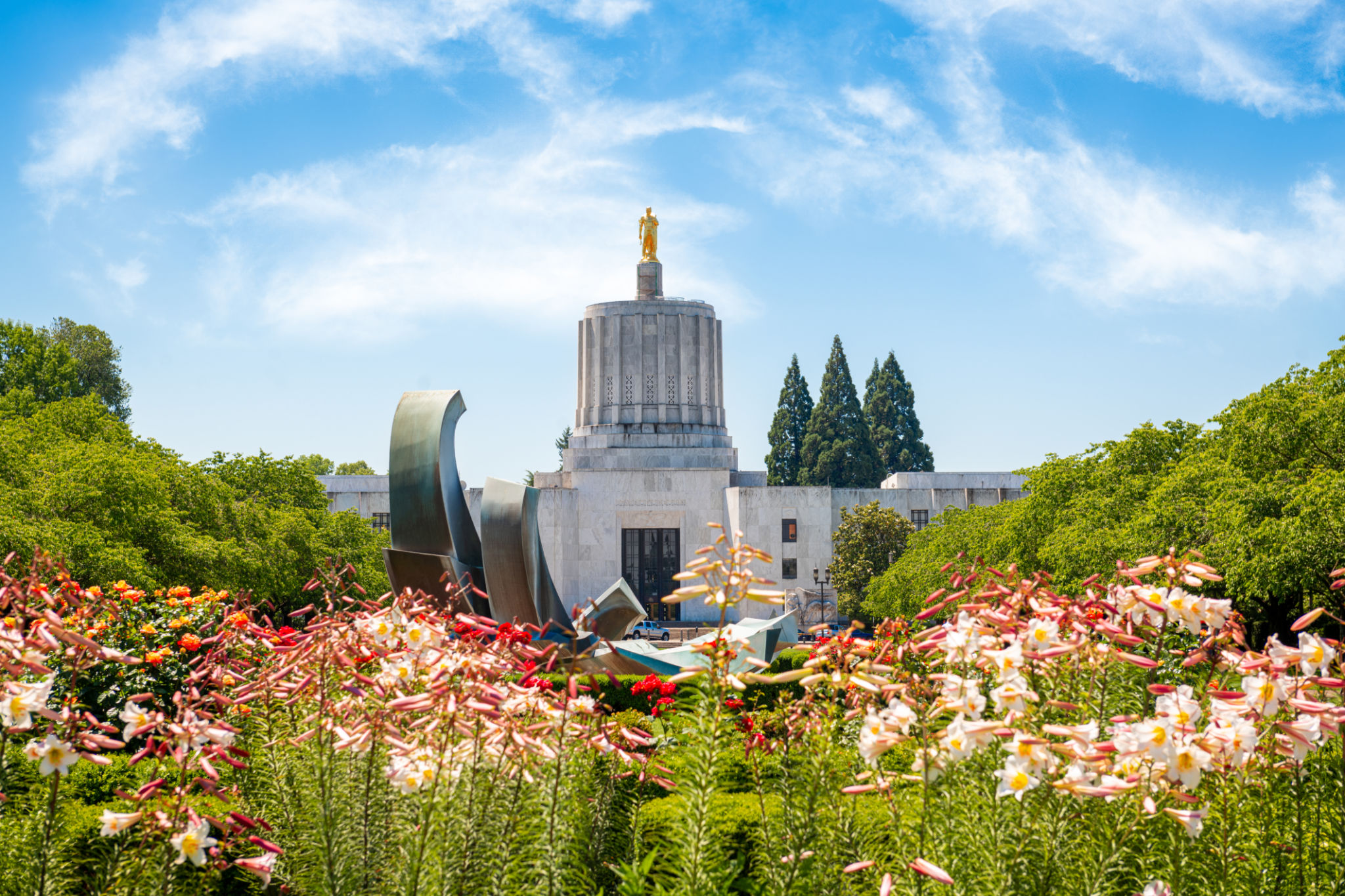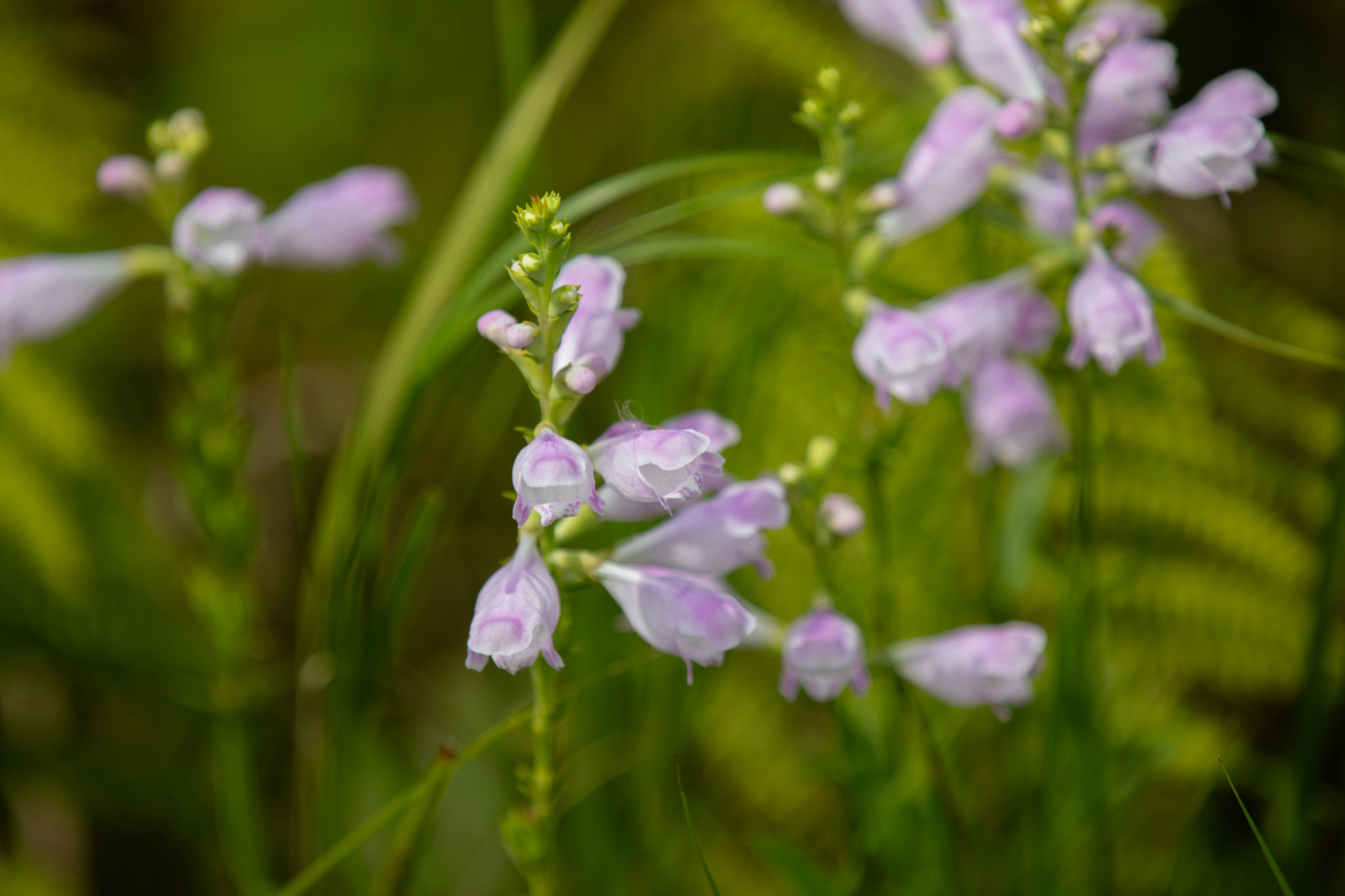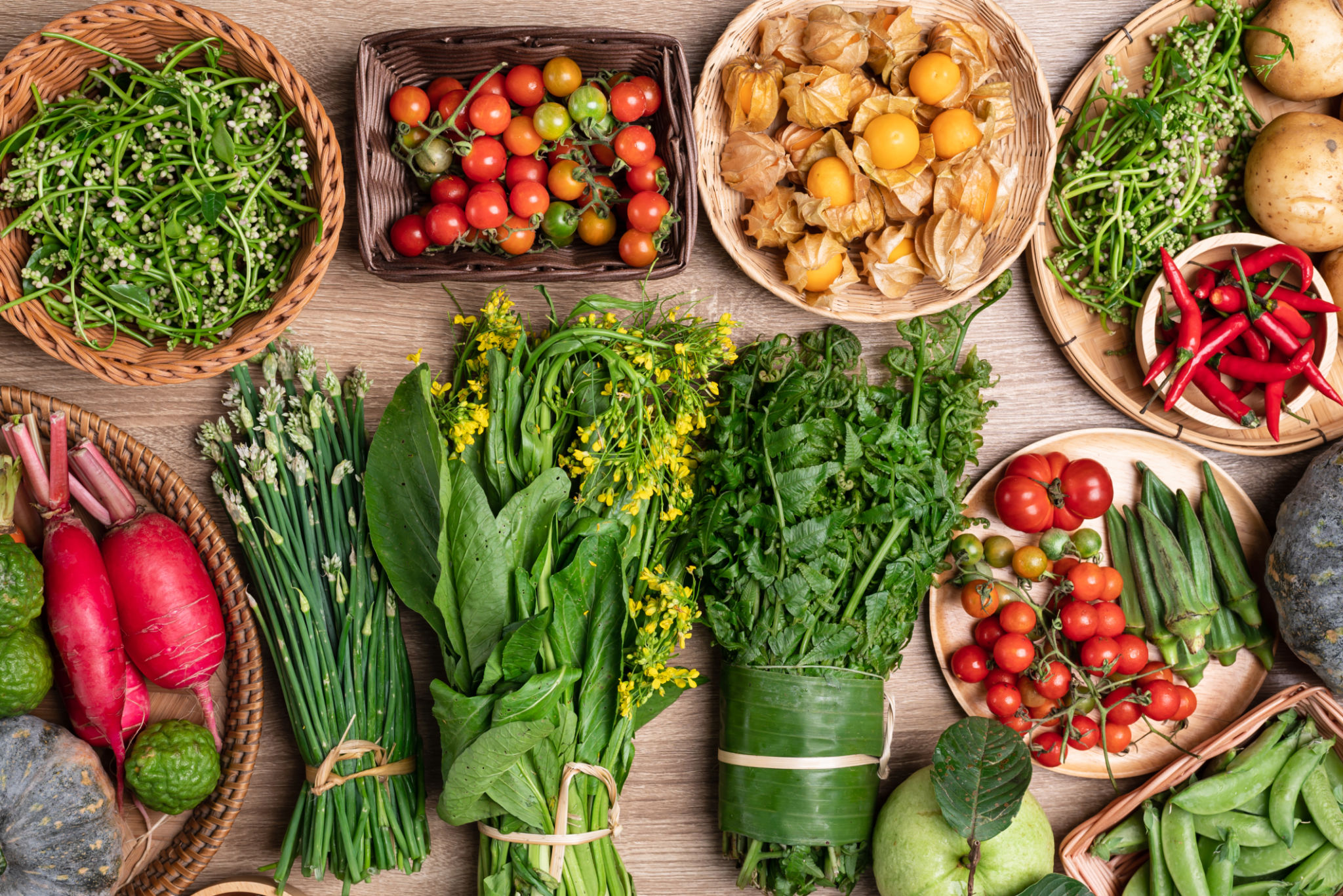Garden Design in Salem: How to Incorporate Local Flora into Your Landscape
Understanding Salem's Native Flora
Salem, with its rich history and diverse climate, offers a unique opportunity for garden enthusiasts to incorporate local flora into their landscapes. The region boasts a variety of native plants that not only thrive in the local environment but also enhance the natural beauty of any garden. By understanding and incorporating these plants, you can create a sustainable and visually appealing outdoor space.
Native plants are adapted to the local climate and soil conditions, making them easier to care for and more resistant to pests and diseases. They also play a crucial role in supporting local wildlife, providing food and habitat for birds, bees, and other pollinators. This makes native flora a wonderful choice for environmentally conscious gardeners.

Selecting the Right Plants
When planning your garden, it's important to choose plants that complement both your aesthetic preferences and the local environment. Some popular native species in Salem include the Oregon grape, salal, and red-flowering currant. These plants are well-suited to the area's climate and can be used to create a vibrant and diverse garden.
Consider the specific conditions of your garden, such as sunlight, soil type, and moisture levels, when selecting plants. For example, the Oregon grape thrives in partial shade and well-drained soil, while the red-flowering currant prefers full sun and can tolerate dry conditions. By matching plants to their ideal conditions, you can ensure a healthy and thriving garden.
Designing with Native Plants
Once you've selected the plants that will thrive in your garden, it's time to think about layout and design. Native plants can be used to create various styles of gardens, from formal arrangements to more naturalistic landscapes. Consider incorporating layers of different plant heights and textures to add depth and interest to your garden.

For example, you might use taller plants like the Pacific dogwood as a backdrop, with medium-height shrubs such as snowberry in the middle ground, and low-growing ground covers like kinnikinnick at the front. This layered approach not only creates visual appeal but also encourages a diverse ecosystem within your garden.
Benefits of Local Flora
Incorporating local flora into your landscape offers numerous benefits beyond aesthetics. Native plants require less water and maintenance compared to non-native species, which can save you time and resources. Additionally, they help prevent soil erosion and improve soil health by promoting a balanced ecosystem.

Moreover, using native plants helps preserve Salem's natural heritage, allowing future generations to enjoy the region's unique biodiversity. As these plants attract and support local wildlife, you'll also have the pleasure of observing birds and pollinators visiting your garden throughout the year.
Getting Started with Your Garden
If you're new to gardening or unsure where to start, consider visiting local nurseries or botanical gardens for inspiration. Many offer workshops or advice on how to incorporate native plants into your landscape. You can also consult with a local landscape designer who specializes in native plantings.
Creating a garden that incorporates Salem's local flora is not only an enjoyable project but also a meaningful way to contribute to environmental conservation. By choosing native plants, you can enjoy a beautiful, low-maintenance garden that supports local wildlife and enhances the natural beauty of your surroundings.
